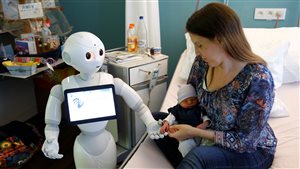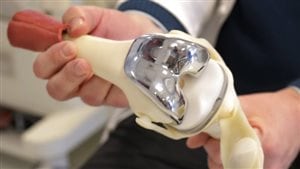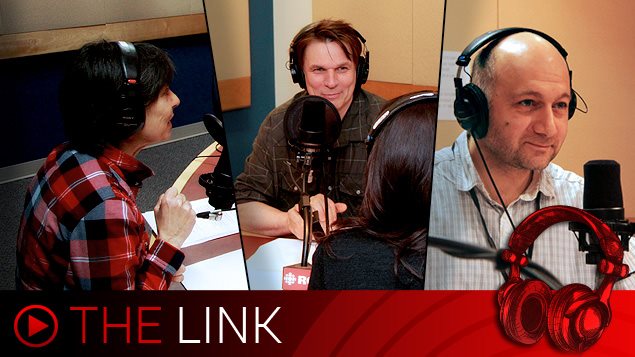your hosts Lynn, Levon, Marc (video version of show at bottom of page)
Listen
Will some robot eventually replace your family doctor? Would it be more comfortable to reveal certain things to a machine than to a human doctor, or less comfortable?
Dr Brian Hodges is a professor in the Faculty of Medicine and Faculty of Education at the University of Toronto.
At a recent health care conference, he told medical staff that they need to be more caring and compassionate or be replaced by a robot. He said the human element is the only thing a robot can’t replace.
He said computers can replace knowledge, and robotics can replace physical skills, meaning the need for fewer doctors unless staff become more compassionate and patients continue to demand that human compassion aspect.
We have an excerpt of his presentation.

*
They are an ancient creature… and like glass with other strange qualities as well.
The entire surface of the structure consists of one thin single cell. While glass sponges are found elsewhere in the world, it is only off the British Columbia coast that they have formed into reefs.
This was discovered only 30 years ago. A robot and camera have been placed on the ocean floor to provide streaming video of the ecology around the sponges and reef.
Lynn spoke to Sally Leys, an evolutionary biologist and scientific lead for an expedition heading to the location now to conduct further research.
*

Cartilage enables us to bend our joints, keep them flexible and absorb some shock the joints are subject to.
Cartilage, however, once damaged, doesn’t repair itself well, if at all.
Injections of cortisone and hyaluronic acid help relieve swelling and pain, and provide some lubrication in the case of the hyaluronic, but don’t repair any damage.
Cadaver donations of cartilage can work well, but finding suitable donor tissue is difficult, and expensive.
Marc spoke with Dr Alan Getgood of Schulich Faculty of Medicine at the University of Western Ontario, about clinical trials which are beginning to test the third generation of a technology which grows a patient’s own cartilage cells.
Images of the week







For reasons beyond our control, and for an undetermined period of time, our comment section is now closed. However, our social networks remain open to your contributions.